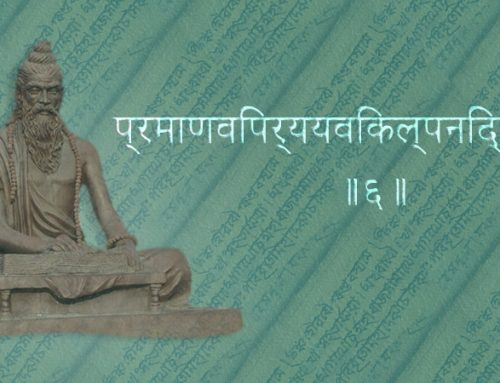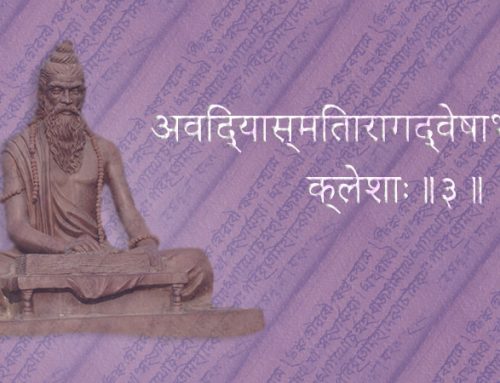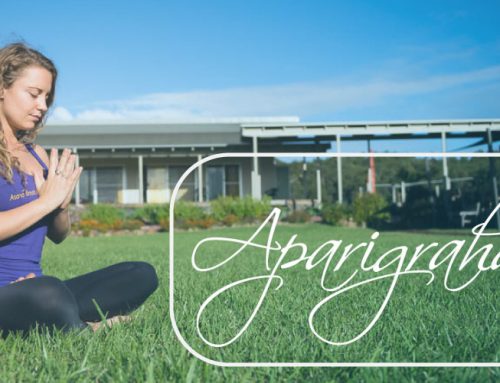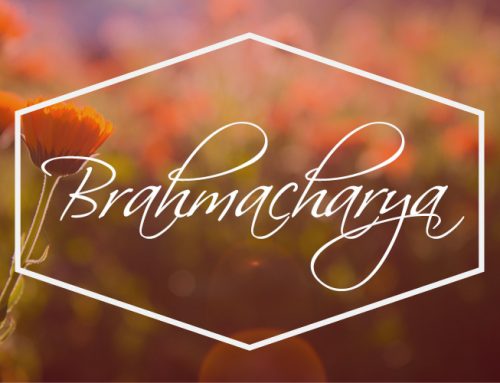For most of us, Svadhyaya starts on the mat. We begin to study ourselves as we practice asana: our thoughts, our emotions, our reactions, our habits and our intentions. Then we see how this is a mirror of the patterns in our everyday life. Observing is the first step in transformation. I think progression in self-awareness is the ability to quickly catch negative thoughts, emotions and actions and to act skillfully, and with kindness and humour, in transforming into positive states.
Self-study is a two-pronged method. As well as studying self, with a small ‘s’, through all these thoughts and emotions we are also encouraged to seek the Self with a big ‘S’. To connect directly to the divine and recognise our true Self – that which is beyond the mind, the ego and the limited sense of self.
The other translation of Svadhyaya is said to be studying the scriptures. And you are making progress just by reading this interpretation of the fourth niyama! Along with the Yoga Sutras, other texts often studied are the Bhagavad Gita and the Hatha Yoga Pradipika. These guides to living are as relevant today as when they were written. There are also many contemporary writers that can help with self exploration and Self-study – Ekhart Tolle, The Dali Lama and recently departed Dr Wayne Dyer.
Another path is to find a practical approach that works for you. Maybe consider a yoga teacher training course or a retreat. These are excellent ways to combine all the aspects of self-study. As well as absorbing new information you observe yourself on and off the mat and, most significantly, the intense practice of asana, mediation and pranayama opens a connection to the Self.
What does Svadhyaya mean to you – on and off the mat? Join in the conversation on facebook or email us.





